Both poison ivy and English ivy can be found throughout North America, but there are still some key distinctions between the two species. Knowing how to differentiate between them could save you time, money, and potential discomfort caused by contact with urushiol (present in poison ivy). So let’s take a closer look at Poison Ivy vs English Ivy.
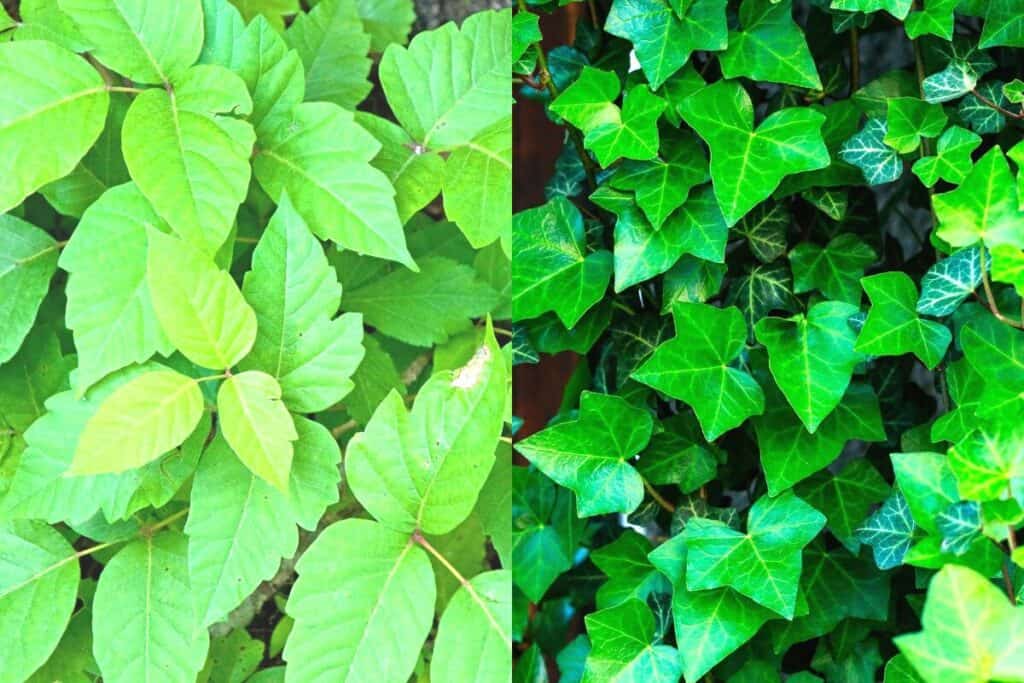
When people hear the words ‘poison ivy’ or ‘English ivy’, they may immediately think of an invasive plant that is difficult to get rid of. But did you know that both poison ivy and English ivy have unique characteristics? It’s important to understand each vine separately so you can identify which is present on your property.
Contents
- 1 Poison Ivy Vs English Ivy: Leaves And Flowers
- 2 Poison Ivy Vs English Ivy: Invasiveness
- 3 Poison Ivy Vs English Ivy: Toxicity
- 4 Does Everyone Who Touches Poison Ivy Get It?
- 5 What Happens If You Touch English Ivy?
- 6 Why Is English Ivy Toxic?
- 7 Are All Types Of Ivy Poisonous?
- 8 Does English Ivy Purify Air?
- 9 How Do I Identify Poison Ivy?
- 10 Are All 3 Leaf Plants Poison Ivy?
- 11 What Is Another Name For English Ivy?
- 12 Conclusion
Poison Ivy Vs English Ivy: Leaves And Flowers
Poison ivy and English ivy can be easily confused due to their similar appearance, however, there are a few distinct differences between them.
Poison ivy (Toxicodendron radicans) has leaves that will change color in the fall and can turn red, orange, yellow or brown. English ivy (Hedera helix) is known for its green leaves, and while the leaves may change color slightly in the fall, they do not typically turn red. Some varieties of English ivy may have variegated leaves that have red or yellow tones, but this is not the result of the fall season.
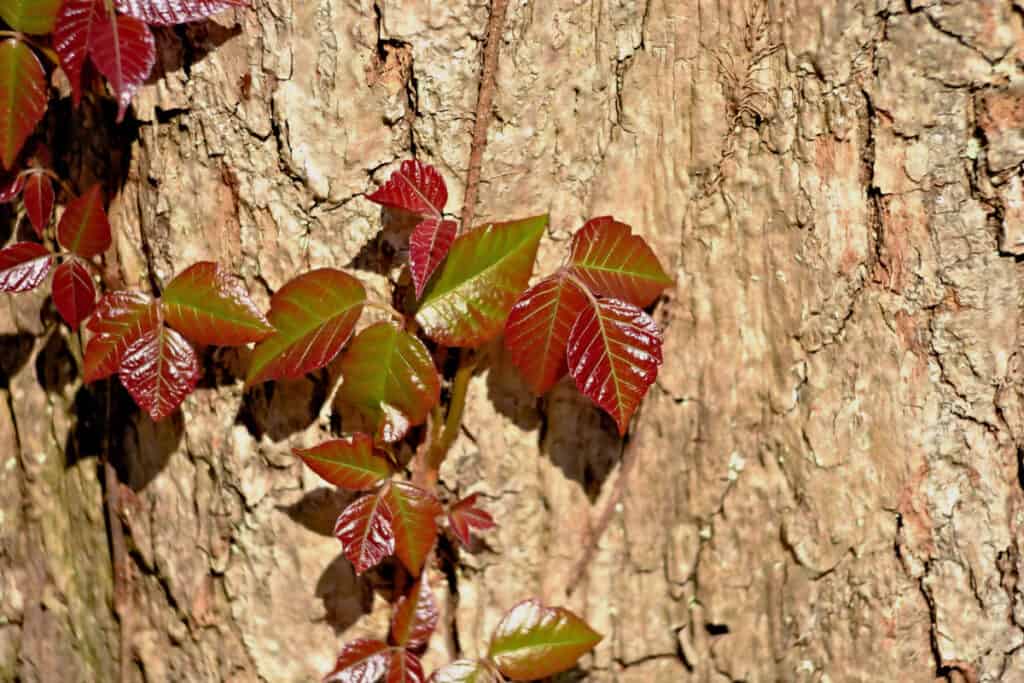
Both of these plants have climbing aerial roots that attach to trees or wall surfaces. However, the leaves of poison ivy typically have three leaflets while English ivy has five. Although some types of English ivy also grow in clusters of three-pointed leaves, they have scalloped edges rather than smooth ones like poison ivy. In addition, poison ivy’s flowers are small and greenish-white in color, whereas English ivy’s flowers are yellow-green and present themselves in clusters.
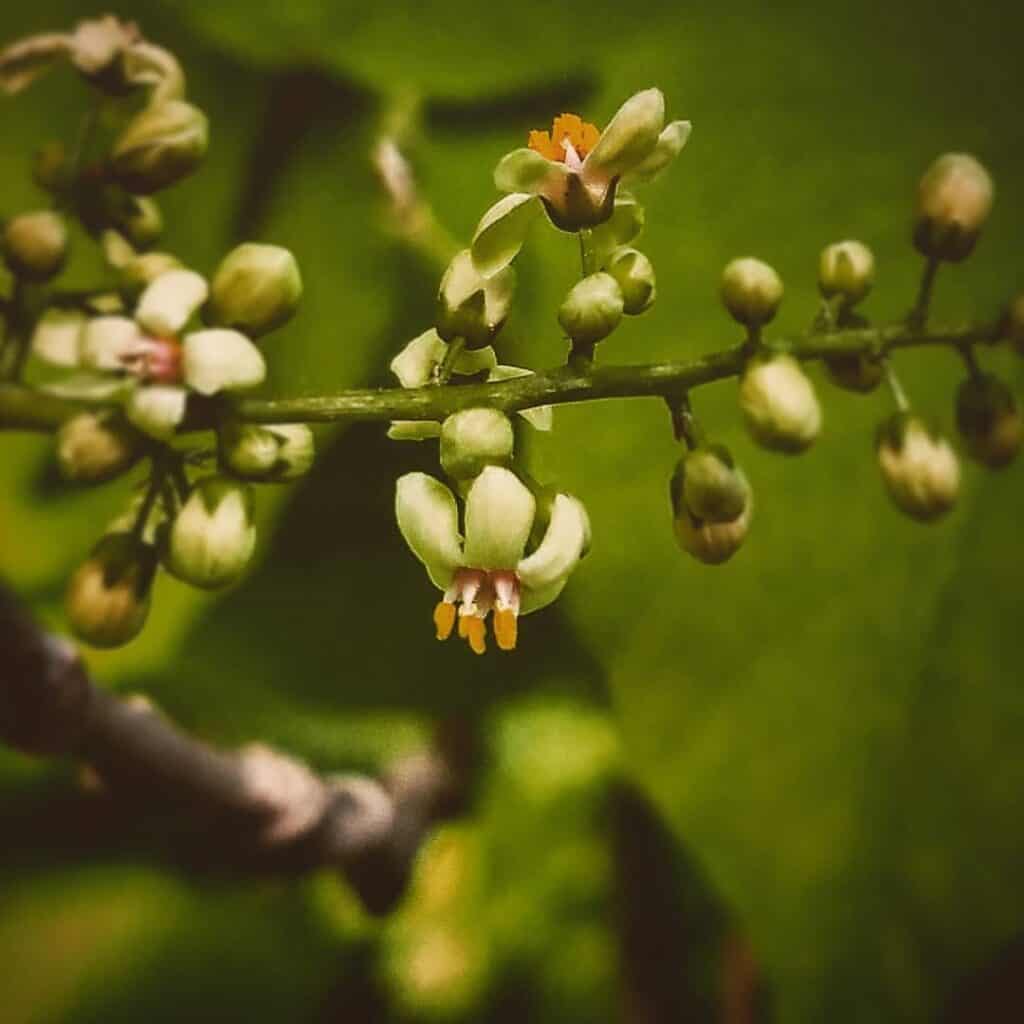
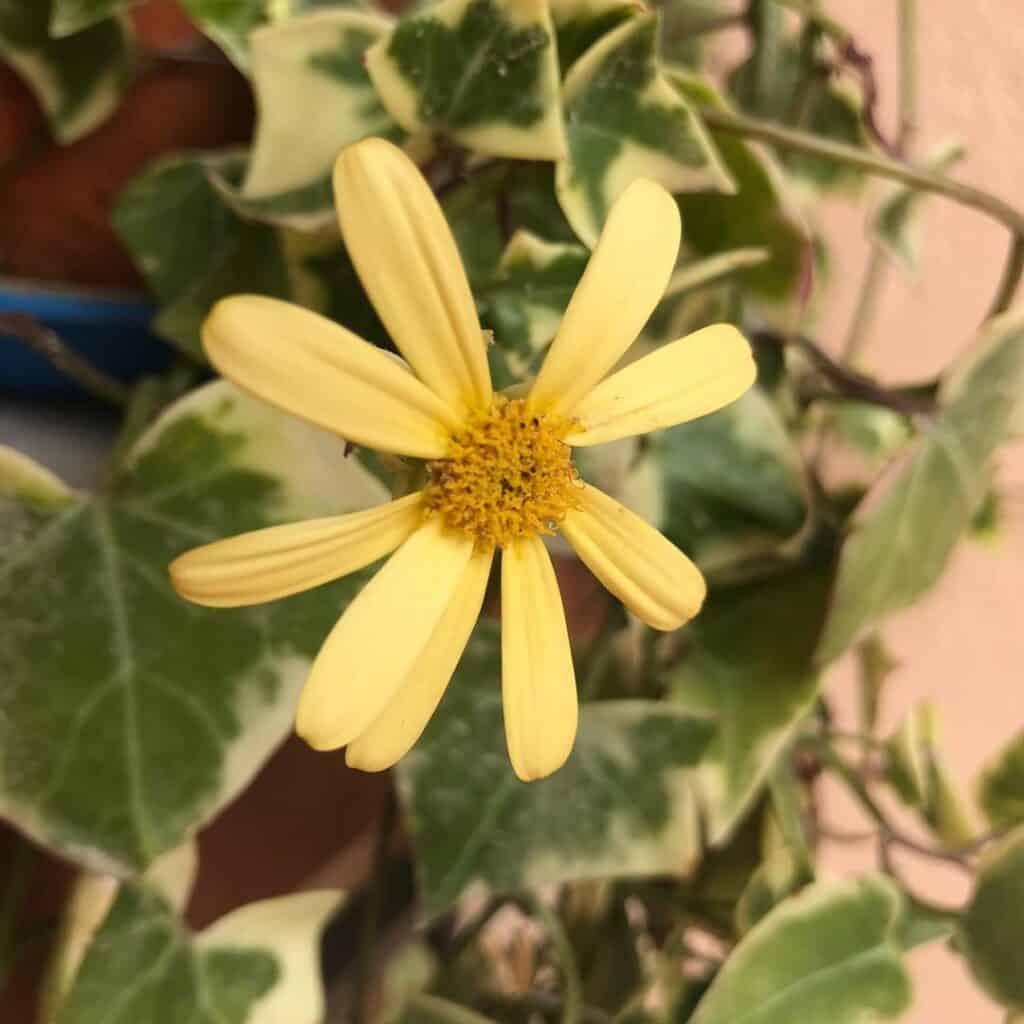
Poison Ivy Vs English Ivy: Invasiveness
The two types of ivy, poison ivy and English ivy, have many similarities. One difference between them is their invasiveness. Poison ivy is an evergreen vine that can be found in all fifty states in the US as well as Canada and Mexico. It’s considered to be very invasive because it grows quickly and spreads easily—especially when its leaves are crushed or broken off by animals or humans.
English ivy, on the other hand, is also an evergreen vine but it tends to be less aggressive than its counterpart. Although it can become quite invasive if given enough time and space, this type of ivy isn’t likely to spread quickly like poison ivy does.

It’s important to note that both varieties require regular pruning and monitoring in order to keep them from becoming overly invasive; however, taking care of these vines may not always be easy since they tend to grow rapidly once established. Thus, whether you’re choosing one variety over the other due to aesthetic reasons or trying to prevent an infestation of either plant species, consider how much control you want over your garden before planting any kind of ivy.
Poison Ivy Vs English Ivy: Toxicity
For humans, contact with either plant can cause an allergic reaction; however, touching or brushing up against poison ivy is far more dangerous than coming into contact with English Ivy. The chemical found in poison ivy’s sap known as urushiol causes severe skin irritation upon contact and may require medical attention if left untreated. This chemical doesn’t exist in English Ivy so it isn’t nearly as harmful. If exposed to poison ivy, one should immediately wash the area affected with soap and water and apply calamine lotion to reduce itching and prevent further spread of the rash.
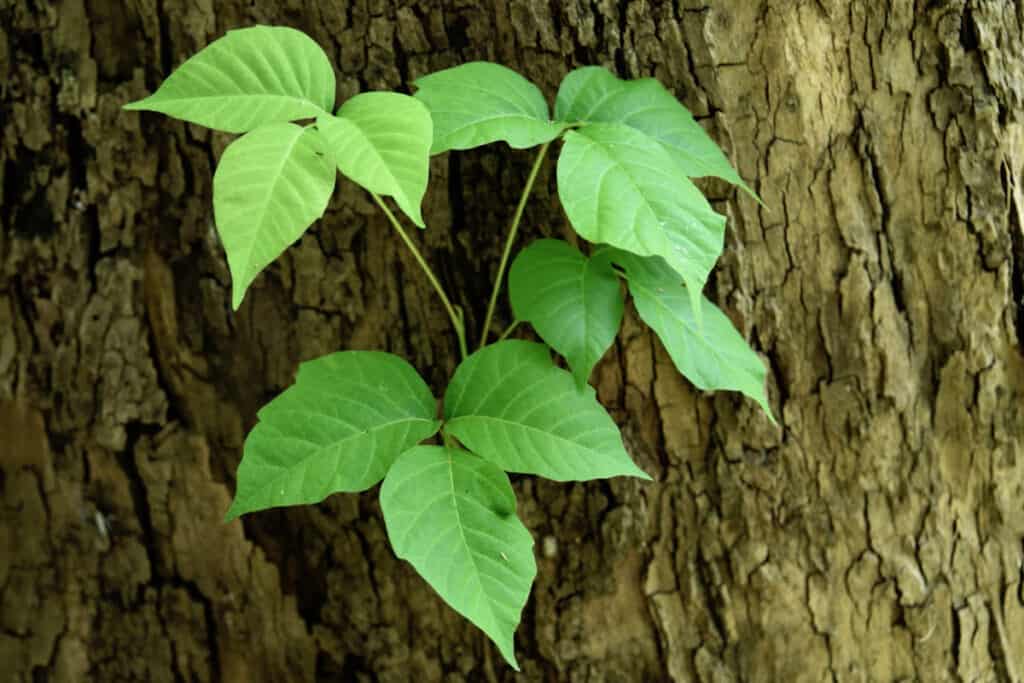
Let’s look closer at how these plants differ in terms of their potential harm to people:
1) Poison Ivy: This plant secretes urushiol oil from its stems, roots, and leaves when crushed or damaged. The reactions caused by this plant range from a mild rash to more severe symptoms such as blistering skin, vomiting and even difficulty breathing.
2) English Ivy: When handled properly without crushing any parts of the plant, there is no risk of allergy because it doesn’t produce urushiol oil like poison ivy does.
Ultimately both types of ivies can be attractive additions to your garden if managed properly; however, knowing the difference between them will help keep everyone safe from unwanted allergic reactions!
Does Everyone Who Touches Poison Ivy Get It?
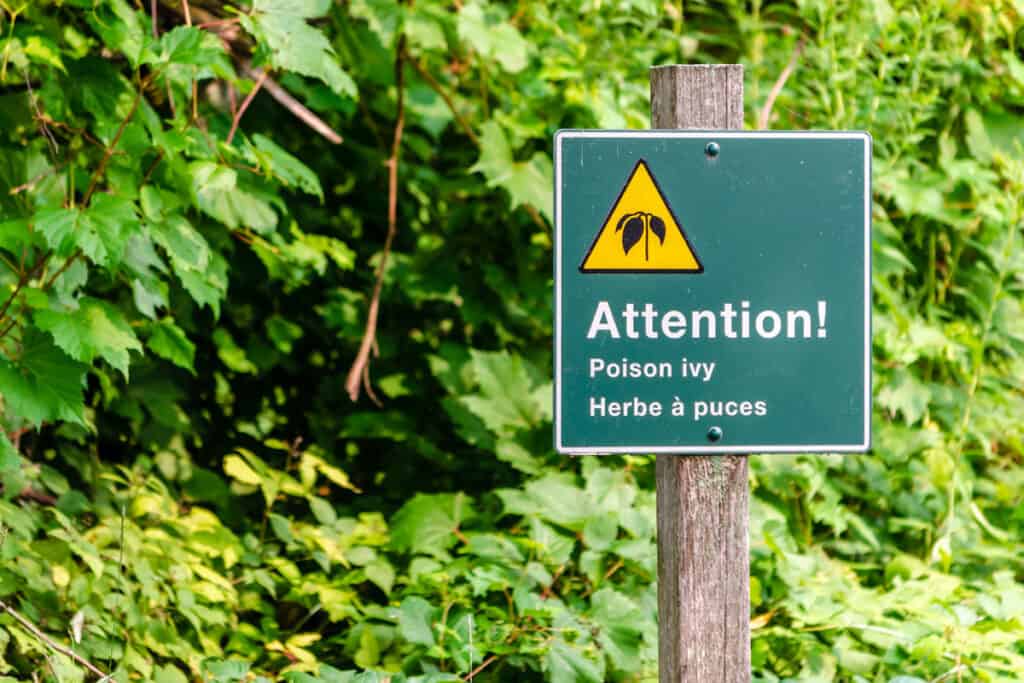
Not everyone who comes into contact with poison ivy (Toxicodendron radicans) will develop an allergic reaction. It is estimated that about 85% of people will develop an itchy, blistering rash after exposure to the plant’s oil, urushiol. Factors that can influence whether someone develops a reaction include the amount of urushiol they come into contact with, the length of time they are exposed to the oil, and their individual sensitivity to the allergen.
Also, it is important to note that exposure to urushiol can occur through direct contact with the plant, or through contact with clothing, tools, or other objects that have come into contact with the oil. So, it’s always best to be cautious, avoid contact with the plant and in case of exposure, wash the affected area with soap and water immediately.
What Happens If You Touch English Ivy?
To start off, English ivy can cause skin irritation in some people due to its sap content. This isn’t very likely, but it is possible for individuals who have particularly sensitive skin. In addition to that, the plant may also contain allergens which could make contact even more dangerous for those with allergies. For this reason, it’s important to take precautions when touching English ivy – like washing your hands after handling the leaves and wearing gloves while gardening around them.
Why Is English Ivy Toxic?
English ivy is a beautiful, popular plant; it’s often used as decoration for homes and gardens. Unfortunately, many people don’t realize that English ivy can be toxic when touched. It contains an irritant called triterpenoid saponins which can cause skin irritation or even worse reactions in some individuals.
It’s important to note that most of the time symptoms are mild and short-lived, but they can become aggravated if contact happens frequently or over long periods of time. Symptoms usually include redness, itching, swelling, and blisters. In extreme cases, these may lead to inflammation or infection of the mucous membranes and result in more serious problems such as breathing difficulties or vision issues. The severity of the reaction will vary depending on how much was ingested and how sensitive the individual is to it.
In order to keep yourself safe from any potential ill effects from English Ivy, it’s best practice to wear gloves when handling this plant (or any other potentially dangerous plants) and wash your hands immediately after doing so. If you have pets who tend to roam around outdoors and come into contact with English Ivy then it’s important to pay attention to their behavior – if your pet shows signs of discomfort following exposure then seek veterinary help right away. Taking preventative measures now could save you a lot of trouble further down the line!
Are All Types Of Ivy Poisonous?
There are several different species of ivy and not all of them are toxic. Poison Ivy (Toxicodendron radicans) is the most well-known type of ivy that can cause a painful rash in humans if they come into contact with it. English Ivy (Hedera helix), on the other hand, is not as harmful but still causes irritation when touched.
Additionally, other species of ivy, such as Boston ivy (Parthenocissus tricuspidata) and Algerian ivy (Hedera canariensis) are not toxic and are commonly used as ornamental plants.
It’s important to note that all parts of the poison ivy plant contain urushiol, an oil that can cause an allergic reaction in some people, so it’s important to avoid contact with the plant. While other species of ivy may not be toxic, it’s always best to be cautious and avoid contact with any plant if you suspect you may be allergic to it.
Does English Ivy Purify Air?

English ivy is a type of plant that has been used for centuries to decorate homes, gardens, and other outdoor spaces. It’s also known for its ability to spread quickly and cover walls or other structures. But one of the lesser-known benefits of English ivy may be its air-purifying properties. So does English ivy really help purify the air? Let’s take a closer look at this question.
Studies have shown that English Ivy can actually remove volatile organic compounds (VOCs) from indoor air – which includes substances like formaldehyde, benzene, and trichloroethylene. These compounds are found in many products we use daily such as furniture polish, paints, glues, and cleaning supplies. VOCs can cause eye irritation, headaches, dizziness, fatigue, and even cancer when exposed long-term. In addition to removing those toxins from our environment, English ivy has also demonstrated anti-inflammatory effects on the respiratory system of humans who come into contact with it.
These studies suggest that growing English ivy indoors could provide some health benefits if you’re looking for an easy way to reduce your exposure to certain harmful pollutants while beautifying your home at the same time! Of course, there are many factors to consider before introducing any new plants into your environment – so do your research first before making any decisions about adding English Ivy into your living space.
How Do I Identify Poison Ivy?
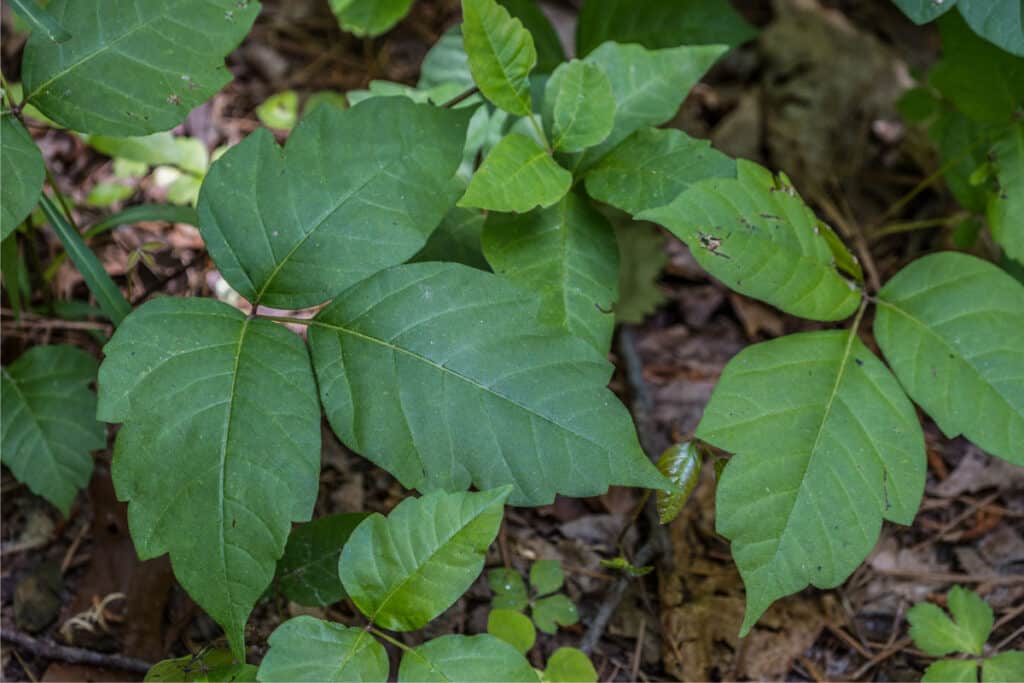
Poison ivy can often be difficult to identify, especially if you have never encountered it before. It is important to know what poison ivy looks like in order to avoid contact with the plant and its dangerous oils. Luckily, there are a few tips that can help you spot this pesky weed.
The most obvious way to recognize poison ivy is by its three-leaf pattern. Each leaf cluster contains three leaves which may vary from lanceolate-shaped leaflets or more oak-like lobes. The edges of these leaves can also appear jagged or smooth depending on species and region. Additionally, the color of poison ivy’s leaves usually ranges from light green in the springtime to dark red during the fall season.
TIP: To further confirm your identification of poison ivy, look for clusters of small white berries which tend to grow near each leaf cluster. When touched, these berry clusters will produce an oily substance that can cause irritation when exposed to the skin. Be sure to take caution while looking for any signs of poison ivy as even indirect contact with the oil can cause rashes and other allergic reactions!
Are All 3 Leaf Plants Poison Ivy?
Not all plants with three leaves are poison ivy. Poison ivy (Toxicodendron radicans) is a well-known toxic plant that is easily recognizable by its distinctive leaf arrangement of three leaflets. However, there are other plants that also have three leaves that are not poison ivy and are not toxic.
It’s important to note that poison ivy leaves can vary in shape and size and can be glossy or dull, smooth or hairy. Poison ivy leaves also change color throughout the year, they are green in the spring and summer, and they can turn red, orange or yellow in the fall.
Other plants with three leaves that can be mistaken for poison ivy include:
- Virginia creeper (Parthenocissus quinquefolia)
- Three-leaved sumac (Rhus trilobata)
- Blackberries and Raspberries (Rubus spp.)
It’s always best to be cautious, and if you suspect you have come into contact with poison ivy, wash the affected area with soap and water immediately. If you have a severe reaction, it’s best to seek medical attention.
What Is Another Name For English Ivy?
English ivy is a common plant that most of us have seen growing on walls and buildings. But did you know it has another name? Its scientific name is Hedera helix, but it’s also sometimes called ‘common ivy’ or simply ‘ivy’.
Conclusion
In conclusion, poison ivy (Toxicodendron radicans) and English ivy (Hedera helix) are two different plants that are often confused with each other. Both plants have leaves that are arranged in groups of three, but the similarities end there. Poison ivy is a toxic plant that can cause an allergic reaction in some people, while English ivy is not toxic.
Poison ivy is found throughout North America and can grow as a vine or a shrub, it is considered as a weed by many and can cause significant ecological damage by outcompeting and displacing native plant species. On the other hand, English ivy is a common ornamental plant that is widely used as a groundcover or climbing vine, it is not known to cause any significant health problems when touched, but it is considered to be invasive in some regions and can cause significant ecological damage by outcompeting and displacing native plant species.
It is important to be able to recognize the difference between these two plants and take appropriate precautions to avoid contact with poison ivy. When in doubt, it’s always best to err on the side of caution and avoid contact with any plant that you suspect may be poisonous. Additionally, if you’re planning to plant ivy, it is important to consider the local ecology and if it is considered as an invasive species in your region. It is also important to take care of it and trim it regularly to avoid damages to buildings or other structures.
